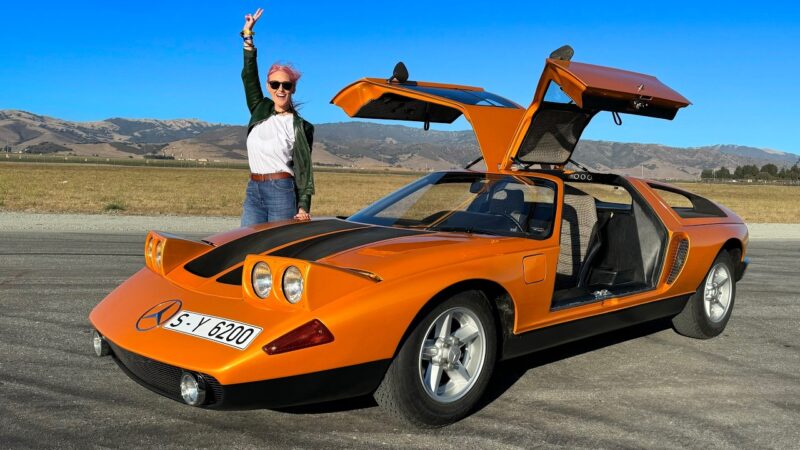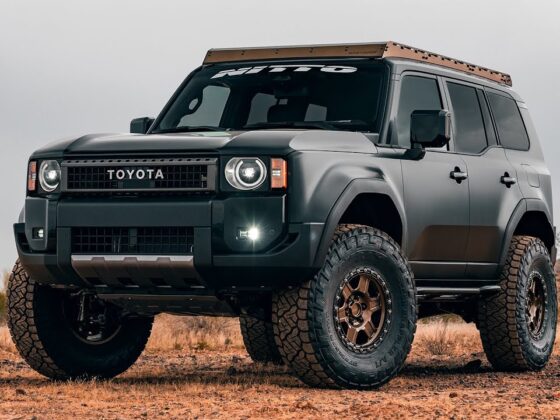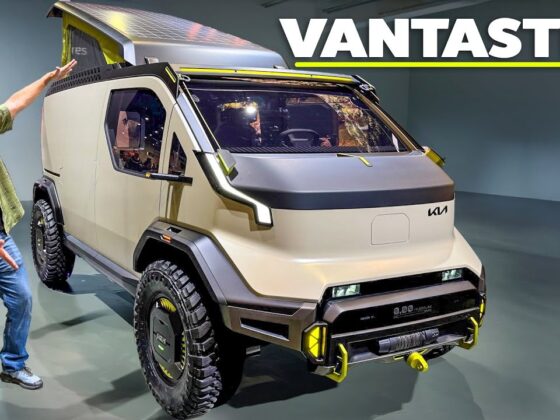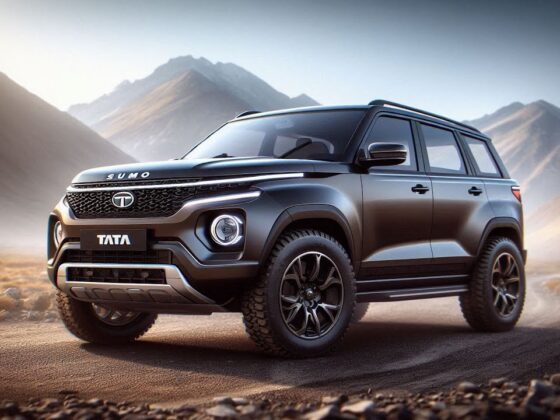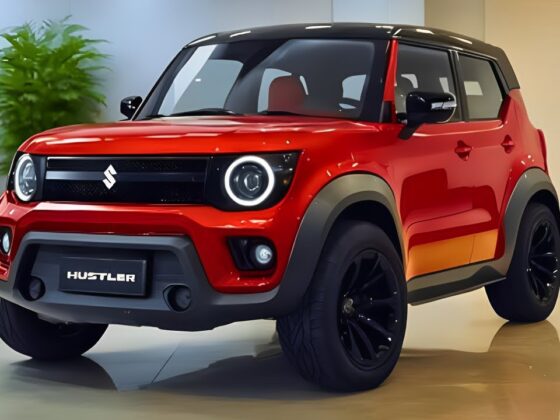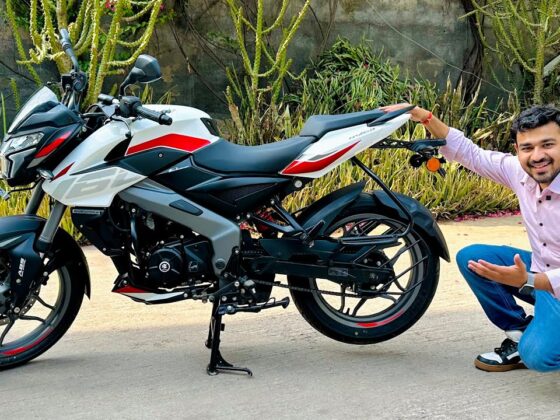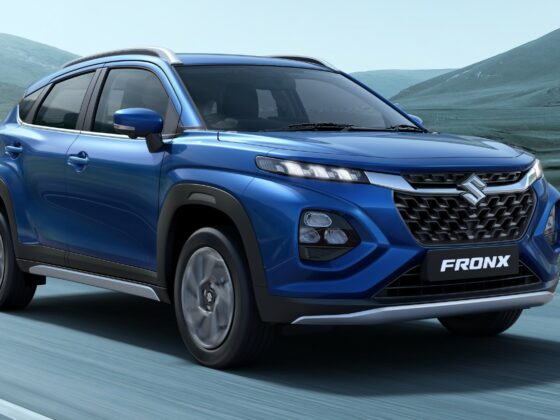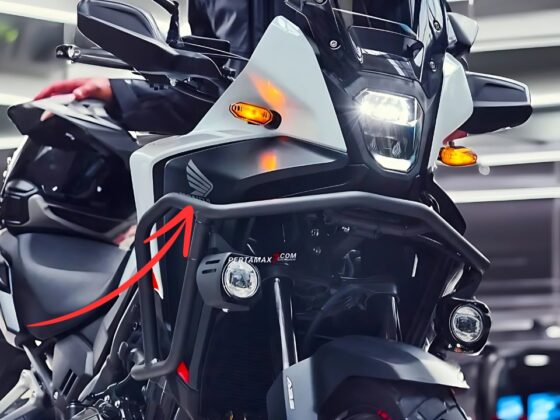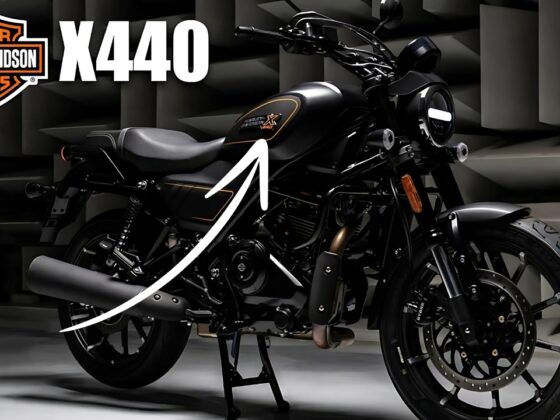The Mercedes C111 is nothing short of an automotive legend. It captured the world’s fascination with its futuristic design, groundbreaking technology, and record-breaking performance. However, what sets it apart even more is something beyond its specs and appearance — the fact that it’s downright elusive. Ever wondered why the Mercedes C111 is nearly impossible to buy? In this post, we’ll explore its rarity, history, and legacy to unravel why it remains one of the most sought-after vehicles that you just can’t have.
The Revolutionary Mercedes C111
The Mercedes-Benz C111 prototype wasn’t just a car; it was a statement of innovation. Designed in the late 1960s and 1970s, the car was an experimental platform to showcase cutting-edge technology, which Mercedes-Benz hoped would redefine automotive performance. Its distinct wedge-shaped body, lightweight fiberglass-reinforced plastic construction, and stunning gullwing doors gave it an unmistakeable aesthetic that still turns heads today.
More importantly, the C111 was Mercedes’ testbed for daring new engine types. Early versions of the car featured the experimental C111 rotary engine, while later prototypes swapped in an ultra-efficient turbocharged diesel engine that shattered multiple world speed records.
Why the Mercedes C111 Is So Rare
How rare is rare? Across all iterations, only 13 prototype units of the Mercedes C111 were ever built. Each of these models was hand-built with a different engine setup, acting as individual case studies in Mercedes’ ongoing experiment with future automotive technologies.
So why can’t you find a Mercedes C111 for sale? Simple: none of these cars were ever intended for public sale. Mercedes-Benz holds all the C111 prototypes in their private collection. These rare experimental cars are occasionally showcased at exhibitions or events, but despite public admiration and interest, Mercedes has never put a single one up for auction. This, naturally, places the C111 on the short list of Rare Mercedes models that are truly impossible to buy.
The Evolution of a Concept
The multiple iterations of the Mercedes C111 each further cemented its importance in automotive history:
- C111 First Generation (1969): Featured a revolutionary Wankel rotary engine. However, this engine’s durability issues kept it from making it to mass production.
- C111 Second Generation (1970): Equipped with a four-rotor engine but suffered from the same reliability concerns as its predecessor.
- C111 2D (1976): A five-cylinder turbocharged diesel engine designed for performance and efficiency. This version set 16 world speed records and proved diesel is no slouch when it comes to fast cars.
- C111 3 (1977): Mercedes propelled the diesel concept even further, clocking max speeds of up to 325 km/h with this version.
- C111 4 (Late 1970s): Powered by a V8 gasoline engine, this version achieved an astonishing top speed of 404 km/h.
Each version pushed the boundaries of speed, efficiency, and innovation in ways that were simply unheard of for the time, cementing the car’s status as a rare prototype gem.
Why the C111 Never Reached Production
You’ve probably wondered by now: why didn’t Mercedes ever decide to mass-produce the Mercedes-Benz C111? The answer lies in its very nature. The C111 wasn’t built to be sold, rather, it was a series of hardened test vehicles meant to explore new technologies.
Several factors played a role in keeping the C111 an exclusive member of Mercedes’ experimental fleet:
- Engine Reliability: The initial Wankel rotors weren’t durable enough for mass-market use. They faced critical issues after 80,000 km, making them unsuitable for regular drivers at the time.
- Technology Testing: Each iteration of the C111 was designed to trial different innovations, making it more of a “laboratory on wheels” than a consumer-ready vehicle.
- Cost Efficiency: The hand-built, prototype nature of the car would have been too expensive to mass-produce in the 1970s. Affordability for the general public was never part of the plan.
The Auction That Will Never Happen
Automobile collectors can likely think of a small fortune they’d be willing to pay for the chance at owning this masterpiece. Yet a Mercedes C111 auction has yet to materialize. Could it ever happen? Possible, but extremely unlikely.
Impossible to buy Mercedes C111? Yes, but that doesn’t stop fans from dreaming. Perhaps one day Mercedes-Benz might let go of one of these experimental beauties, but for now, it’s safe to say they’re happy keeping them under lock and key. These cars are, after all, an irreplaceable part of the company’s history and development.
The C111’s Legacy
The Mercedes C111 legacy lives on, not only in the hearts of car enthusiasts but also in the vast amount of technology it pioneered. The rotary and diesel engines tested during the C111’s lifespan, especially its accomplishments in breaking speed records, have been incorporated into aspects of Mercedes’ larger engineering feats today.
Fast-forward to 2023, Mercedes-Benz paid tribute to this pioneering spirit by unveiling the Vision 111, a concept echoing the unmistakable design cues of the C111 series. This all-electric version of the C111 may point toward the car’s lasting influence on the future of automobiles, pairing modern powertrains with retro-inspired aesthetics.
Conclusion: Some Things Are Best Left Rare
If you’re a die-hard fan of collector’s cars or rare prototype cars, the Mercedes C111 is likely high on your wish list. But for now, sadly, it will remain a dream. With only a handful of prototypes ever made and none available for resale, owning one seems impossible. But its rarity and the fact that it’s unattainable only adds to its mystique and allure.
In the end, the C111 wasn’t just another car — it was a glimpse into the future, a one-of-a-kind experimental machine whose rarity will likely never be matched.
